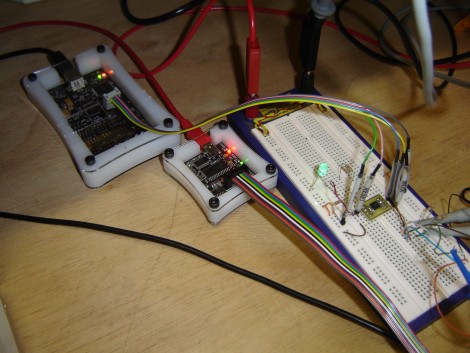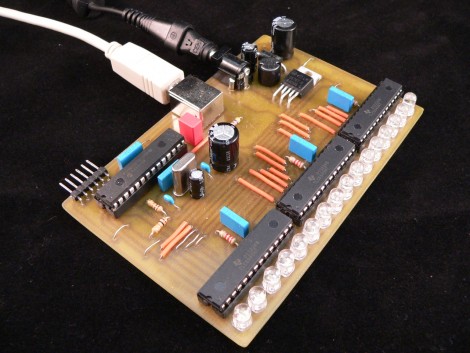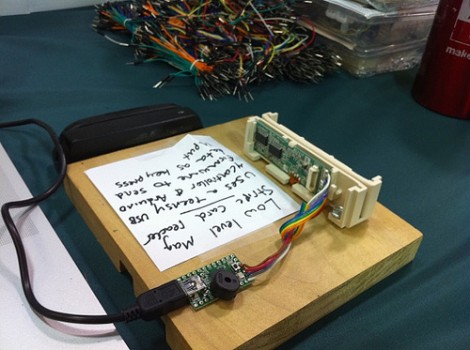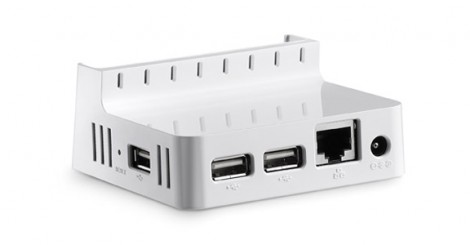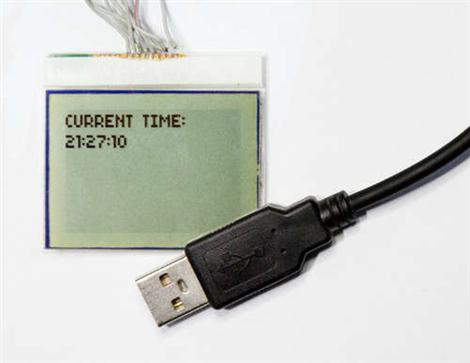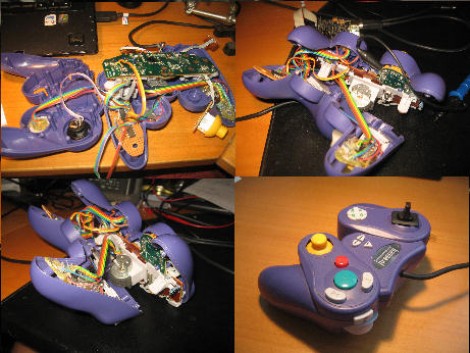
[Hasse] built a one-handed video game controller for his brother. He fit everything he needed into the body of an existing controller and came up with a very usable system. The controller will be right-hand only, so the left shoulder button was moved underneath the right side where your middle finger can get at it. This leaves the d-pad and the left analog stick to account for. By combining an ATtiny44A, an accelerometer, and a digital to analog converter the controller can sense motion. The microcontroller reads in the accelerometer data, gives user feedback via four added LEDs on the d-pad, and the DAC feeds the appropriate signals back into the controller as if you were using the stick. There is even a switch to select whether the motion data is mapped to the analog stick or to the d-pad. We’ve included a demo video after the break.
Find that you also need some one-armed typing assistance? Check out this half-qwerty keyboard hack. Continue reading “One-handed GameCube Controller”

